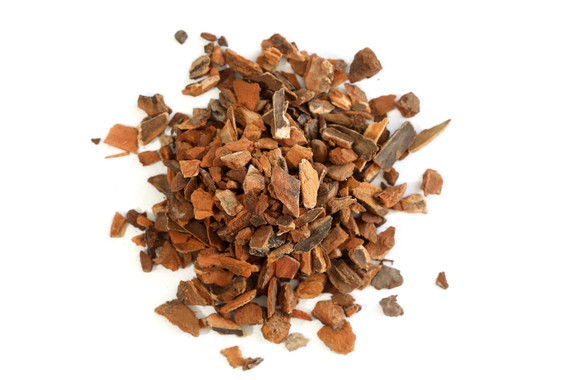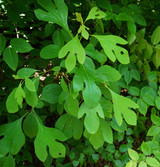Betula lenta, or birch tree, is commonly found in northern climates with a history of use extending back to prehistoric times. Birch has been employed in a myriad of ways, from boat building to tanning hides. Birch bark is also regarded for its healthful and beneficial properties. The bark can be tinctured, utilized in topical applications, and infused as birch bark tea.
The birch is a soft-wood tree native to cold, northerly climates. The name is a very ancient one, probably derived from the Sanskrit bhurga, meaning "tree whose bark is written upon." Birch bark easily peels from the tree but is slow to decay. Removing the bark from a living tree can threaten the life of the tree if the dark inner bark is damaged, but due to the remarkable preservative properties of birch bark, it can easily be harvested from dead or fallen trees, where it still retains its wonderful properties. Birch bark is strong and water resistant, almost like cardboard in its pliability, and can therefore be bent, cut, and even sewn.
Native Americans used birch bark in many facets of their everyday lives as a material for canoes, wigwams, scrolls, ritual art, musical instruments, containers for food, and even clothing. Birch bark has been quite valuable since prehistoric times for its applications in building and crafting.
A member of the Betulaceae family, birch also goes by the common names of sweet birch, black birch, and cherry birch.
Precautions
No known precautions. We recommend that you consult with a qualified healthcare practitioner before using herbal products, particularly if you are pregnant, nursing, or on any medications.
This information has not been evaluated by the Food and Drug Administration. This product is not intended to diagnose, treat, cure, or prevent any disease. For educational purposes only.















